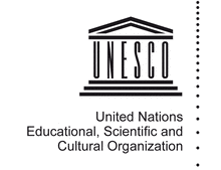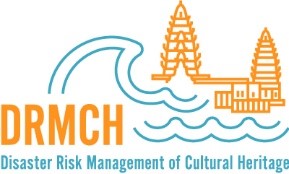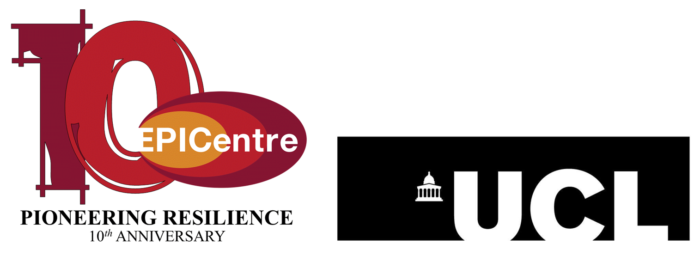Event Summary
Organization: World Bank and GFDRR
Description
Date: Tuesday, May 15, 2:00pm – 3:30pm
Room: C5
The practice of disaster risk management (DRM) and the preservation of cultural heritage (CH) continue to find common ground for collaboration. Recent earthquakes in Mexico (2017), Myanmar (2016), and Nepal (2015) have shown the need for this closer engagement. Risk identification and communication for cultural heritage have proven a valuable methodology to bring together the disciplines for more effective action, so that professionals and stakeholders can understand the scope of cultural heritage at risk, and communicate likely impacts to inform planning and preparation.
The World Bank Resilience and Disaster Risk Management Global Solution Group (GSG) recently supported the creation of the DRM of CH Knowledge Silo Breaker (KSB) to build an inter-disciplinary community of practice across the institution and connected with international partners and experts in the topic, to strength the inclusion of the CH sector into DRM projects.
This interactive session will:
- gather the key challenges being faced across development projects from the World Bank teams and client participant,
- promote the UNESCO-World Bank partnership as a key part of the solution set, and
- foster new partnership and collaboration with other international institutions and academia.
Participants in this interactive session will:
- Showcase key examples in Mexico, Japan, Myanmar, India, and more, where practitioners have needed and used risk identification to meet governments’ cultural heritage challenges; and
- Work together to define the most pressing needs in their work and projects and connect with colleagues and experts ready to support, including through the UNESCO-World Bank partnership.
Activities:
Key Lightning Talks will set the context for further discussion on: (1) What is the state of the field of Disaster Risk Management of Cultural Heritage, (2) what is the ongoing work at the World Bank and in other institutions partners; and (3) Opportunities for collaboration.
Speakers:
- Giovanni Boccardi, Chief, Emergency Preparedness and Response Unit, Culture Sector, UNESCO: http://whc.unesco.org/en/178/action=detail&order=1360
- Akiko Umezu, Dr. of Engineering, Sr Specialist for Cultural Properties, Promotion of Conservation in Use and Risk Preparedness Unit, Architecture Division, Cultural Properties Department, Agency for Cultural Affairs, Government of Japan: http://www.bunka.go.jp/english/policy/cultural_properties/index.html
- Rohit Jigyasu, President of ICOMOS India and ICORP, UNESCO Chair Professor at the Institute for Disaster Mitigation of Urban Cultural Heritage at Ritsumeikan University: https://www.preventionweb.net/experts/ask/session/39018
- Dina D’Ayala, Professor of Structural Engineering, Department of Civil, Environmental & Geomatic Engineering, Faculty of Engineering Science, University College London: https://www.ucl.ac.uk/epicentre/people/staff/dina-d-ayala
- Takeyuki Okubo, Director of the Institute of Disaster Mitigation for Urban Cultural Heritage at Ritsumeikan University: http://www.rits-dmuch.jp/en/index.html
- Aparna Tandon, Project Manager, Collections Unit, ICCROM, Leader of the Programme on disaster risk management and its flagship training on first aid to cultural heritage in times of crisis: https://www.iccrom.org/section/disaster-resilient-heritage/first-aid-cultural-heritage-times-crisis-fac
References and resources:
Reducing Disaster Risk at World Heritage Properties: http://whc.unesco.org/en/disaster-risk-reduction
Assessment of the Multi-Hazard Vulnerability of Priority Cultural Heritage Structures in The Philippines: http://iris.ucl.ac.uk/iris/browse/researchActivity/16562
Italian Civil Protection and ICCROM Organize Joint Training: https://www.iccrom.org/news/italian-civil-protection-and-iccrom-organize-joint-training
Endangered Heritage: Emergency Evacuation of Heritage Collections: https://www.iccrom.org/publication/endangered-heritage-emergency-evacuation-heritage-collections
How do you save cultural artefacts in a danger zone?: http://www.bbc.com/news/av/magazine-32543317/how-do-you-save-cultural-artefacts-in-a-danger-zone
From Response to Resilience: https://www.youtube.com/watch?v=DX2jNb5dahQ&feature=youtu.be






